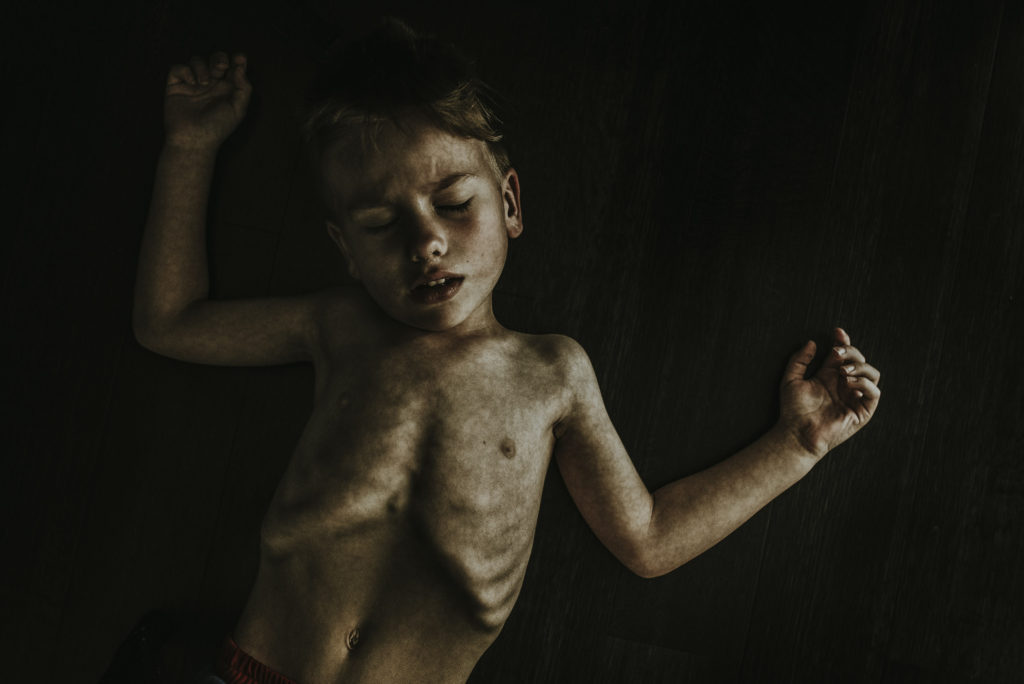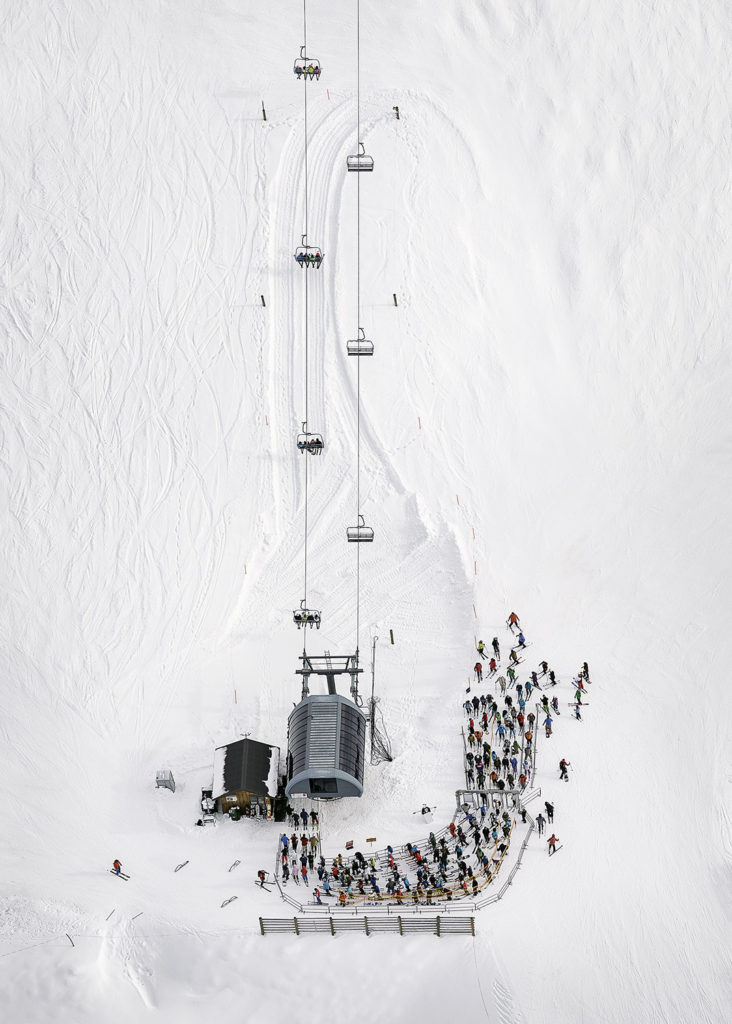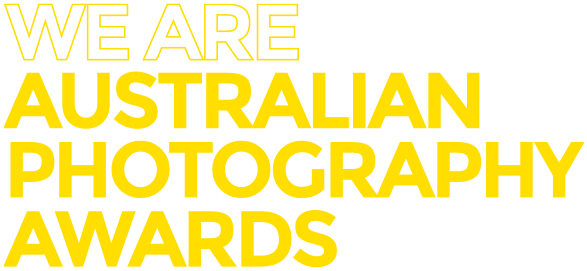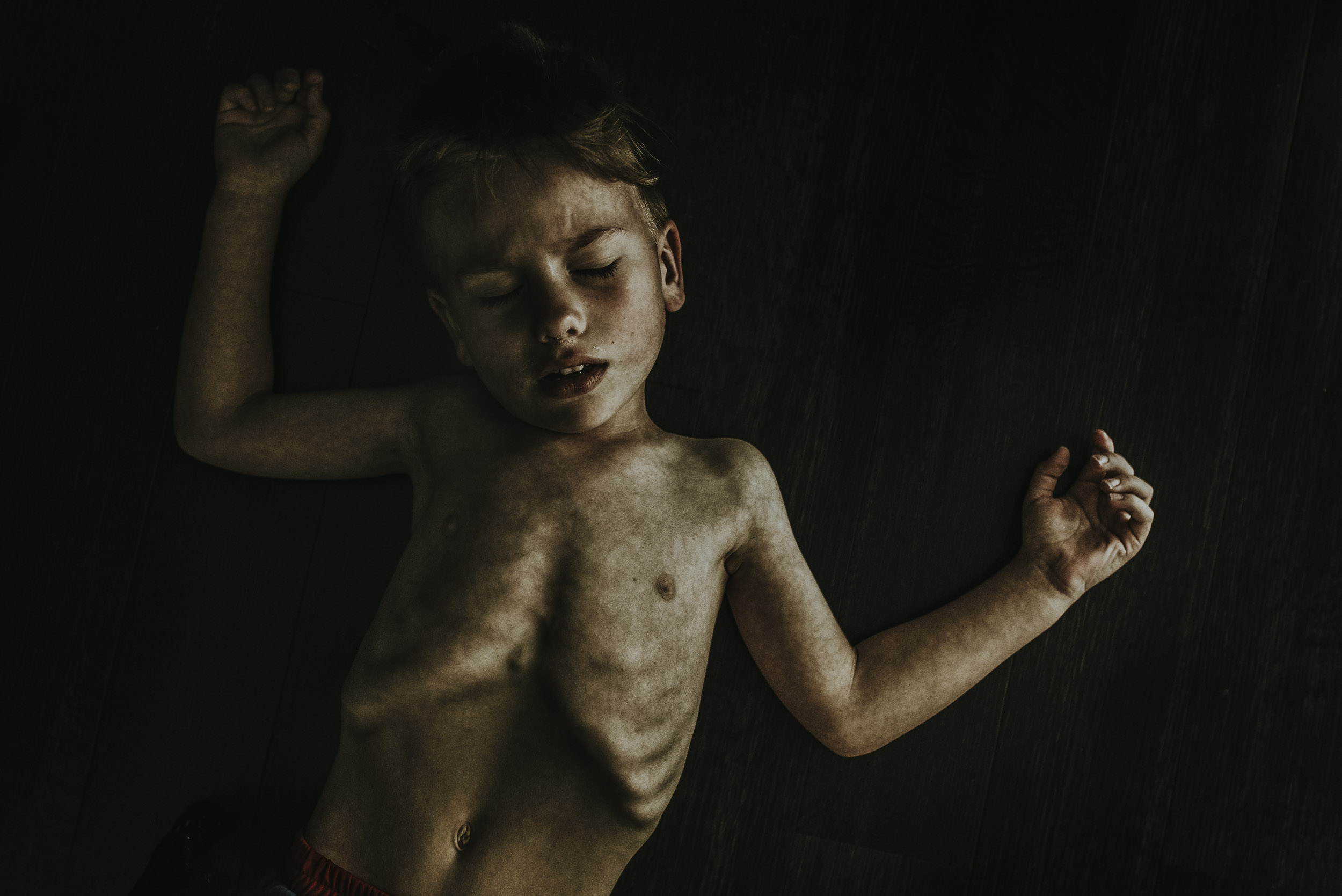What do we mean when we talk about ‘honesty’ in photography, or any art for that matter?
Honesty is a difficult premise to define. It implies a binary imposed upon the creative practice, one of dishonest vs honest, right and wrong. As we all know though, creating is a complex spectrum, filled with all kinds of motivations which don’t make it to the final output. This motivation though, makes up a decent portion of what makes work honest. As does the notion of vulnerability, or the feelings of uniqueness. Honesty and originality, as we covered last week, are a cause and effect methodology. A process and a result.
When discussing the creation of original imagery, we spoke about producing work that is uniquely your own. Honest image making is the process which leads to this. We all know the stories of specifically dishonest image making, Souvid Datta compositing Mary Ellen Mark’s imagery into his own is one famous example, but like British Journal of Photography pointed out in their coverage of the events leading up to this scandal, the problematic process afflicting the end result of this imagery is present long before the unethical compositing took place.
The real dishonesty in Datta’s work was not so much the doctored imagery, but the way he chose to tell stories with insincerity and disregard for the characters in his story. As BJP and others have pointed out, the fact that the photographic community at large only blew up when it was revealed that he had been fabricating imagery is a larger problem than the fabrications themselves ever were.
Now this is an extreme example case, but whether you scale the process up or down it is an unfortunately common practice for artists to create work with some level of insincerity.
In our opinion, this image by Krystle Ricci is a an example of honest and sincere image making. Ricci explains in her caption that her son suffers from Asthma and pictured here she asks him to “show me what it looks like when you get an asthma attack”.

Using the process of creating a photograph to develop a deeper personal understanding of her fear surrounding the child’s illness, Ricci is partaking in a form of creation-therapy. This work therefore serves a purpose that places her own needs, and the needs of her child above the requirements of the audience. This methodology is what makes this image so special – we as the viewer are gaining insight into the most personal journeys for both the photographer and subject, resulting in a deeply impactful image.
Honesty becomes even more difficult to define In the context of landscape photography. It begs the question, how can a landscape be dishonest? Here we would like to focus not on what makes a landscape dishonest, but when and why a landscape image feels particularly sincere.
 Landscape imagery can suffer from overstatement, and this isn’t necessarily a bad thing. In many contexts it is the photographers desire to make the most epic image of the scene possible, to imagine and produce a picture that describes not just how the scene appeared, but how it felt. This pursuit, though perfectly valid, can also veer off track when pushed too far.
Landscape imagery can suffer from overstatement, and this isn’t necessarily a bad thing. In many contexts it is the photographers desire to make the most epic image of the scene possible, to imagine and produce a picture that describes not just how the scene appeared, but how it felt. This pursuit, though perfectly valid, can also veer off track when pushed too far.
This is one reason why we love this photograph by Ty Stedman. A beautifully composed image, perfectly descriptive in what it is and thrillingly banal. The movement in the snow, the line of patrons patiently awaiting their turn and the true-to-life presentation creates a scene representative of what it is, and attempting to be nothing that it isn’t. Despite this, it is still so captivating. It is captivating because it places the audience right there, above this hypnotic process and tells us something unique about the way human beings interact with this space.
The reason for talking about originality and honesty together is because one often can’t be fully realised without the other. If an artist is creating imagery which feels honest, then it will inherently feel uniquely their own. Similarly, if an image is original in the sense of portraying a scene or story in a way in which only that artist can, then it will be the result of an honest approach to the creative process.
If an artist can fully utilise this method of approaching photography, their work is far more likely to be ‘felt’ by the viewer and understood as a representation of their inner world.



